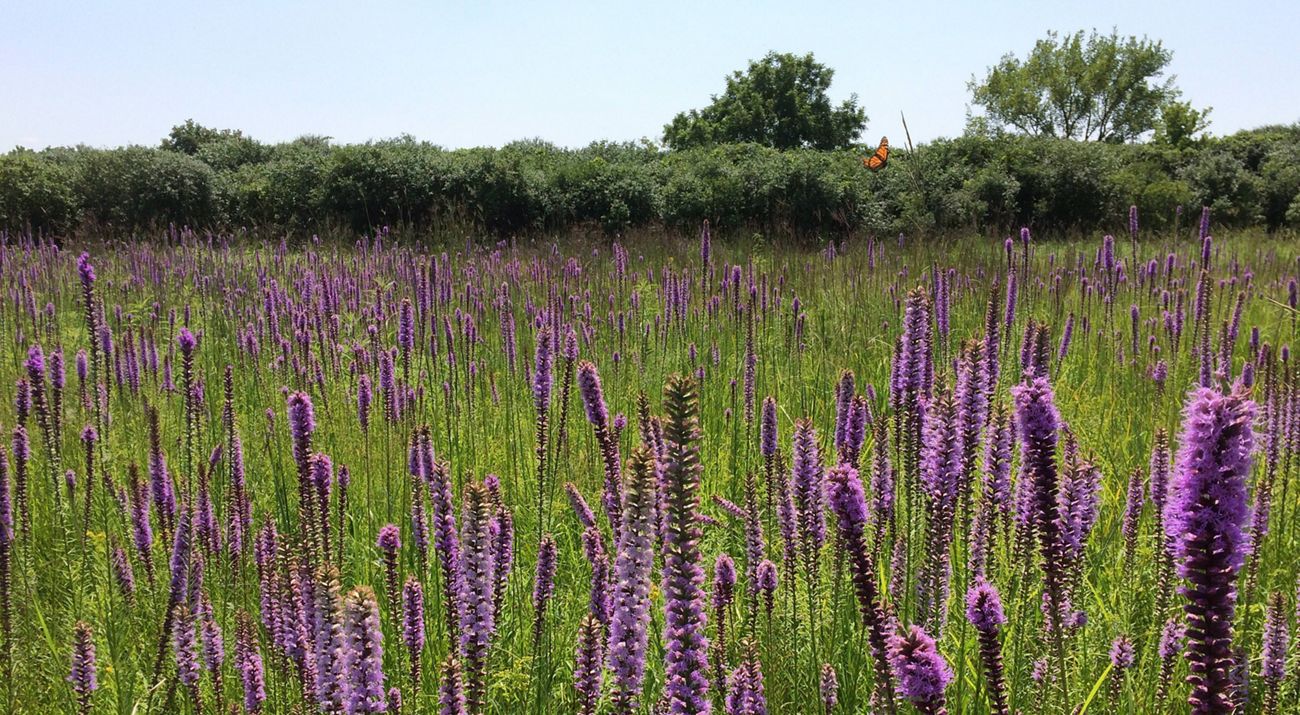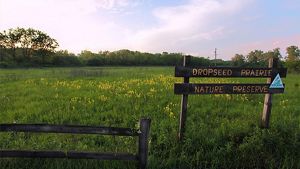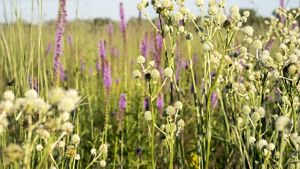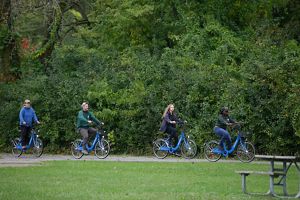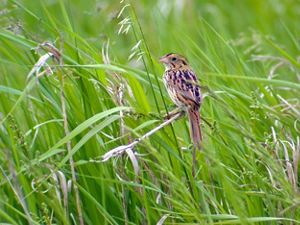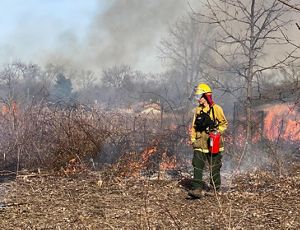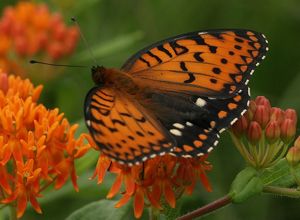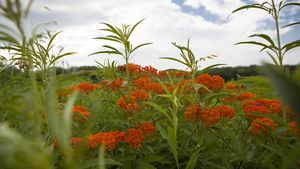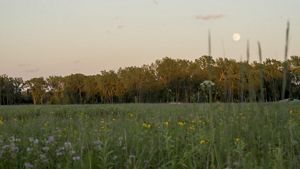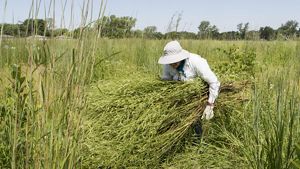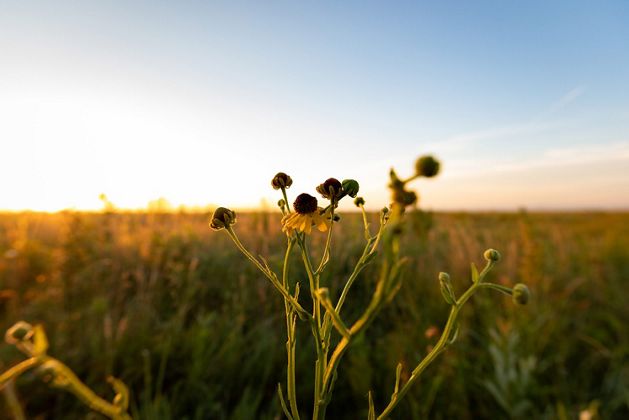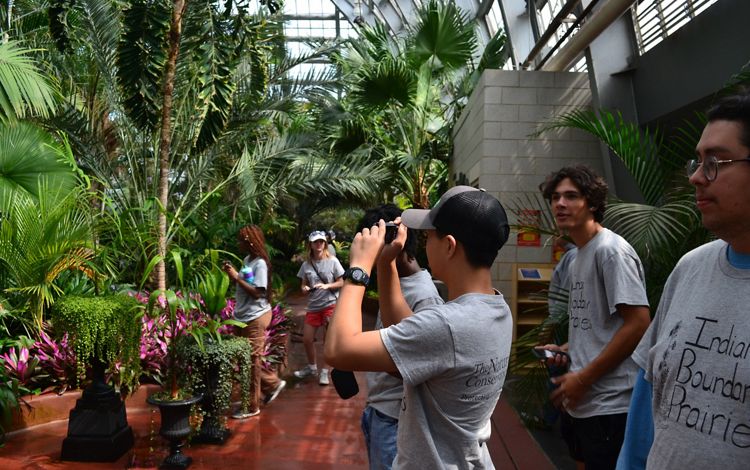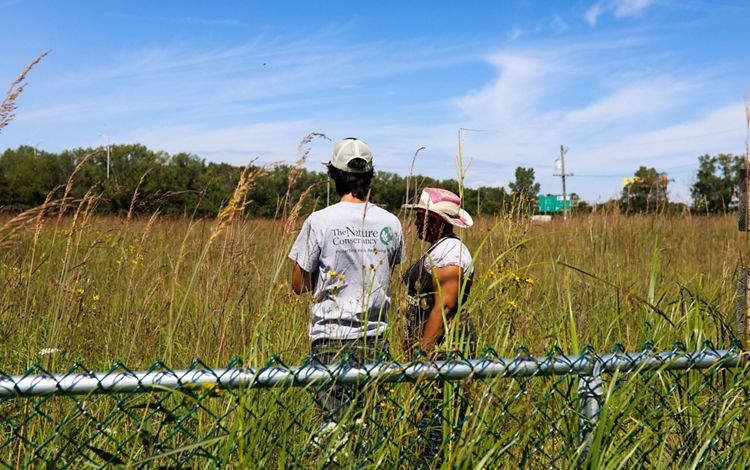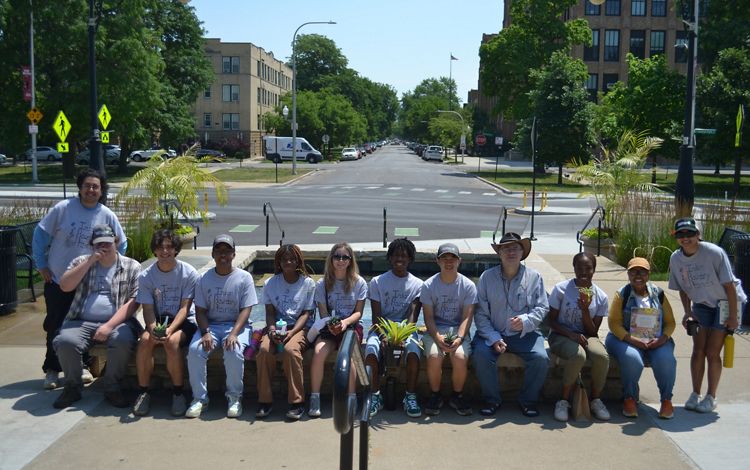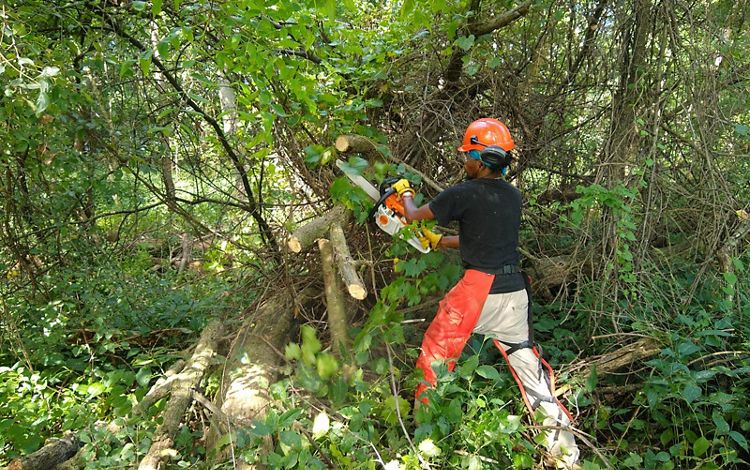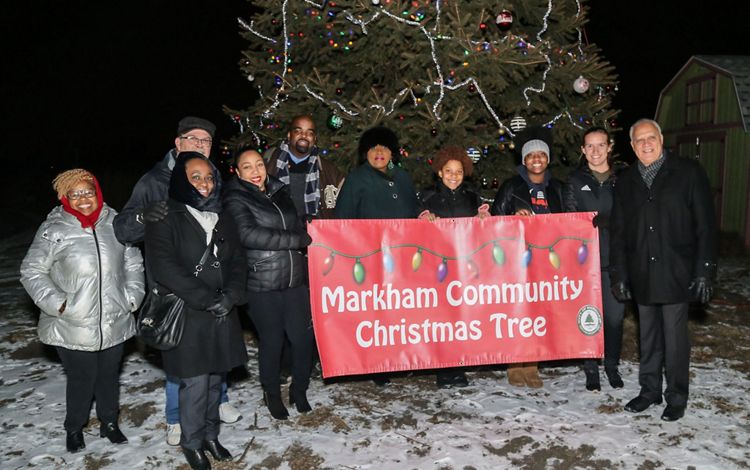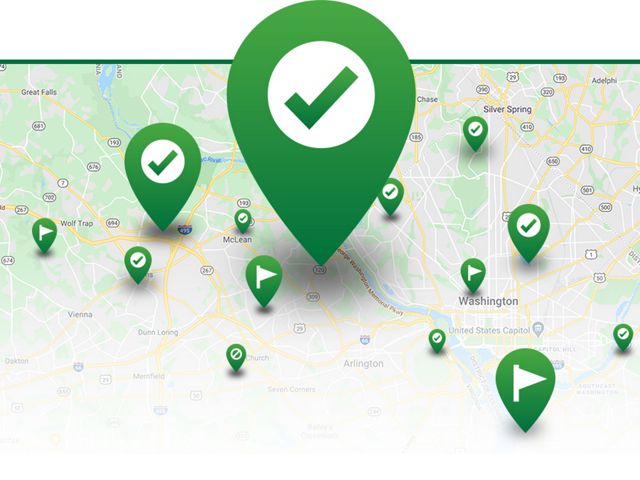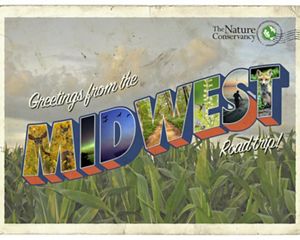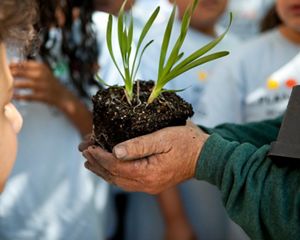Description
Indian Boundary Prairies, a cluster of five prairie remnants just south of Chicago, comprise the largest remaining example of high-quality grassland in Illinois and one of the best in the Midwest.
With this great diversity of plant and animal life, the Indian Boundary Prairies are a sort of biological “ark” for the future—a living flotilla of hope for the inhabitants of Illinois' once vast prairie community. Because of their importance, a portion of the Indian Boundary Prairies has been named a National Natural Landmark by the U.S. Department of the Interior.
For more information, or to schedule a tour, contact Debra Williams, Community Engagement Specialist, at 708-825-9369.
